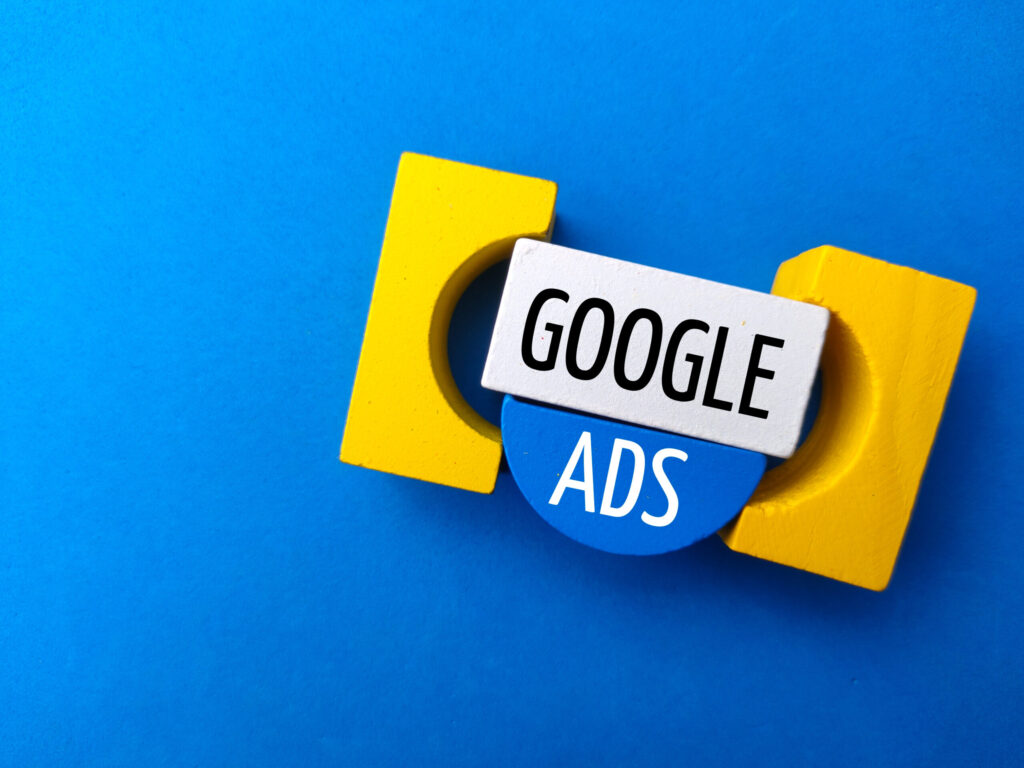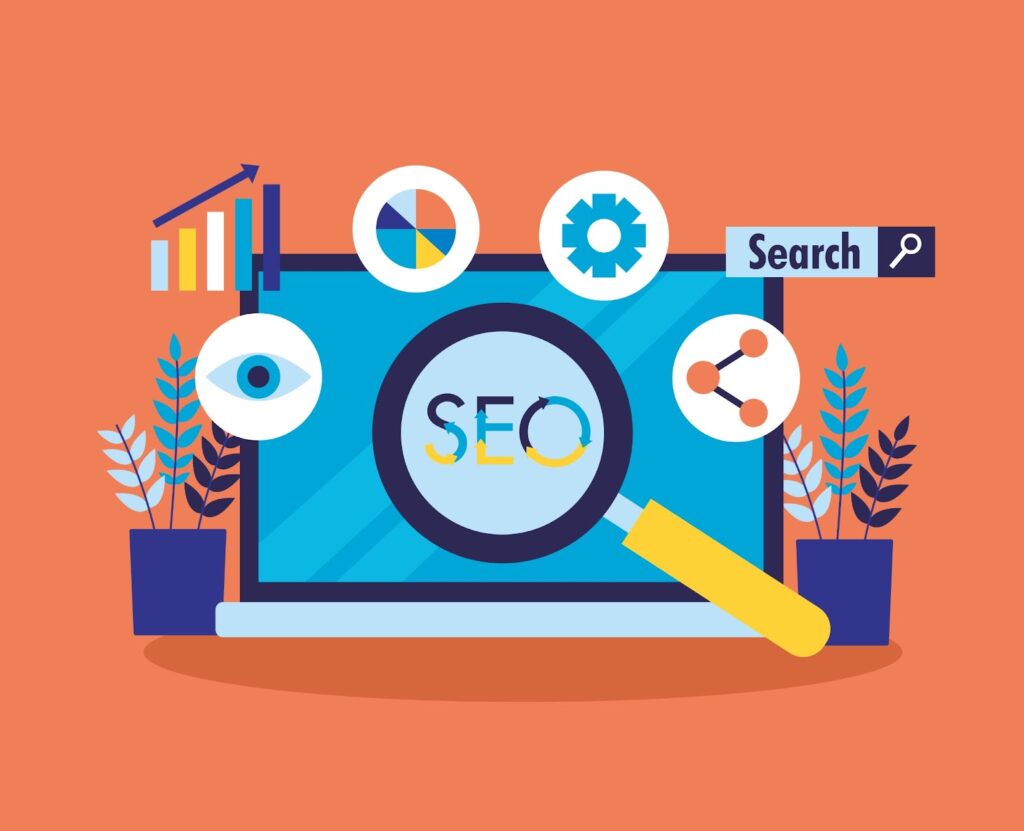In 2024, the trends in digital marketing persist, and Google Ads remains one of the leading platforms for businesses that wish to promote their services and products to potential customers.
However, merely executing a campaign is not sufficient anymore. It is very important to make sure your ads are not only displayed but also achieve the desired outcome.
This year, the changes in trends of AI, automation, and user behavior have influenced the new trends for Google Ads. In this article, we will outline five best practices to improve your Google Ads campaigns in 2024.
Google Ads Optimization Tips You Need to Follow
- Opt for AI-Powered Smart Bidding for Enhanced Conversions
In the last few years, Google has been investing a lot of resources into developing its AI capabilities, and in 2024, AI smart bidding will remain one of the most effective tools for advertisers.
Smart Bidding is another feature that applies the use of machine learning to adjust bids depending on certain parameters such as device, time of day, location among others.
How It Works:
Smart Bidding automatically determines the optimal bid for each auction, allowing advertisers to achieve their desired number of conversions or conversion value without having to bid manually.
This is particularly useful at the current times when auctions have become more complex and users switch between devices and platforms.
Tips for 2024:
- Test Enhanced Conversions:
If you have not already done so, it is time to implement Enhanced Conversions. This feature enables Google Ads to capture more relevant details using first-party customer data without violating privacy laws.
If you want to maximize the returns from Google ads, then you should contact a professional Google Ads service provider.
- Maximize Conversions:
Try different bidding strategies such as ‘Manual CPC’, ‘Automated CPC’, ‘Maximize Conversions’ or ‘Maximize Conversion Value’ if you want Google’s algorithm to decide based on performance data and figures.
- Audience Targeting and Segmentation
Google Ads is no longer solely about keywords. We advice you to take audience targeting and segmentation to a more refined level, so that your ads are delivered to the right audience at the right time.
As the amount of data available to advertisers has increased over the years, it is vital to fine-tune your approach.
Strategic Approaches to Segmentation for 2024:
- In-Market Audiences:
Identify potential customers who are in the process of seeking products or services that you offer. We suggest using in-market audiences to test and engage users with high purchase intent.
- Custom Segments:
Create more refined segments by overlaying interests, behaviors, and demographics. For instance, if you are promoting a travel-related product, you could segment your users based on those who are interested in adventure travel, luxury accommodations, and local attractions.
Pro Tip: We recommend using Google’s audience insights to always check and refresh your segments to make sure your campaigns are still engaging your best users.
You can also set up negative match for those users who are not converting, thus contributing to the saving of your ad fund.
- Getting the Most Out of Ad Extensions
Ad extensions remain one of the most effective means of enhancing the visibility and effectiveness of the ad.
Good ad extensions can help you increase your click through rates, providing the user with more information and occupying more space on the SERP.
- Sitelink Extensions:
This feature can lead users to other parts of the website, such as “Special Offers” or “Contact Us,” which may enhance conversion rates.
- Call Extensions:
For any companies where the phone is a primary means of contact, this lets the user click the ad and call instantly.
This is particularly helpful for mobile campaigns because users are seeking simple and straightforward interactions.
- Landing page speed and relevance:
Even if your Google Ads are highly optimized, if the landing page is bad, your campaign will not perform as expected. In 2024, page loading speed, mobile responsiveness, and relevance are more crucial than they are today.
Why Speed Matters?
Users want to see the page load quickly, and Google considers page speed when calculating your ad rank and quality score. A slow loading page can even be a factor in increasing bounce rates which is not good news for advertisers.
Steps to Optimize Your Landing Pages:
- Prioritize Speed:
You can use the Google PageSpeed Insights to assess the speed of your landing page. Optimize images, reduce the amount of JavaScript code, and enable browser caching to enhance the speed.
- Mobile Optimization:
As mobile traffic remains high in 2024, make sure your landing pages are still optimized for mobile.
- Relevance:
Ensure that the content on the landing page is as relevant to the advertisement as possible. If your ad has the headline “50% Off Sale,” make sure the offer is clearly stated on the landing page.
Google favors relevant landing pages to ads by promoting them to better ad positions while at the same time reducing your cost per click.
- Choose The Keywords That Reach Qualified Buyers
Choosing the right keywords is essential for connecting with qualified buyers who are more likely to convert. Instead of broad terms that may attract a wide but unqualified audience, focus on long-tail keywords.
For example, instead of using a general term like “running shoes,” opt for more targeted phrases like “best-running shoes for marathon training” or “buy waterproof running shoes.”
These keywords reflect a higher level of intent and attract users who are actively seeking to make a purchase.
Incorporating terms such as “buy,” “discount,” or “best deals” can also signal that the user is ready to make a transaction.
This approach not only increases your chances of converting leads into customers but also optimizes your ad spending by reducing clicks from users who are simply browsing.
Additionally, using negative keywords is crucial for refining your audience. By excluding terms that are irrelevant to your business, you prevent your ads from appearing in searches that are unlikely to result in conversions.
- Make Your Ads Appealing
Creating visually and emotionally appealing ads is crucial for capturing attention and driving engagement.
An effective ad should be clear and concise and highlight the unique value your product or service offers. Use compelling headlines that immediately address a user’s pain point or interest. Combine this with a strong call-to-action (CTA) that tells the audience exactly what you want them to do next, whether it’s “Shop Now,” “Learn More,” or “Get a Free Quote.”
Visual elements play a significant role as well. Incorporate high-quality images, videos, or graphics that reflect your brand and resonate with your target audience.
For example, lifestyle images that show your product in use can create an emotional connection and help potential customers visualize themselves benefiting from your offering.
Takeaway
As can be seen, Google Ads optimization involves automation, refined audience targeting, and quality user experiences.
Through AI-enabled Smart Bidding, responsive search ads, and enhanced audience targeting, it is possible to maintain the competitiveness of campaigns.
Take a data-driven approach, always test and iterate, and most importantly, always keep the user in mind.
The Maddex digital marketing agency can assist you with these strategies, fine-tune your Google Ads, and increase your ROI.
As experienced PPC managers, audience selectors, and data analysts, they will hold your hand throughout the process to help you achieve optimal results.



